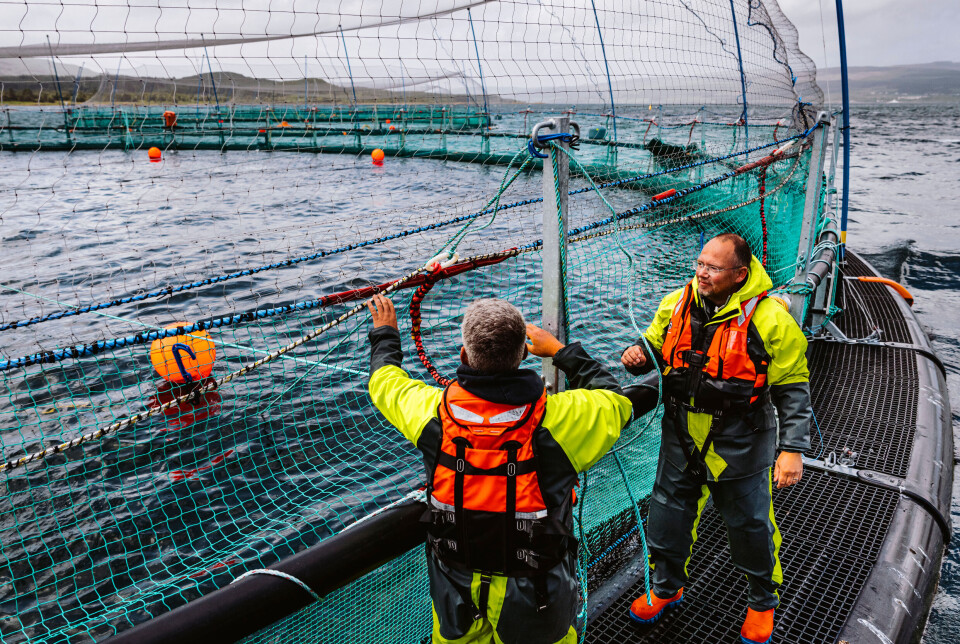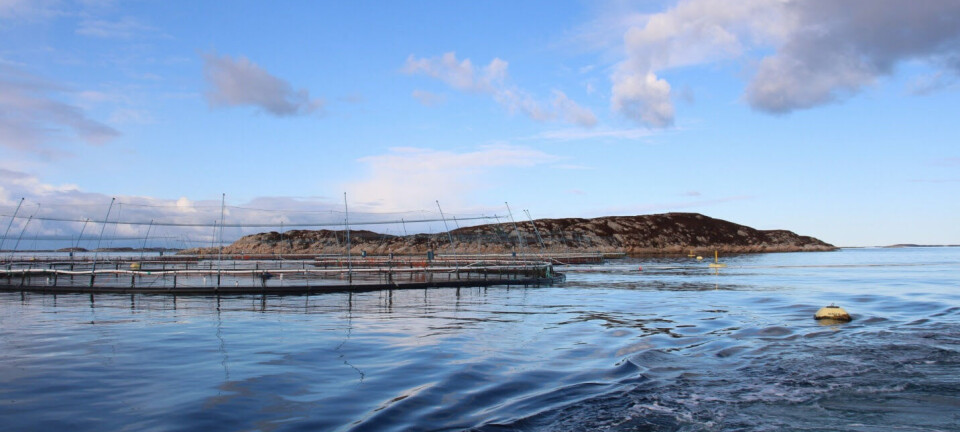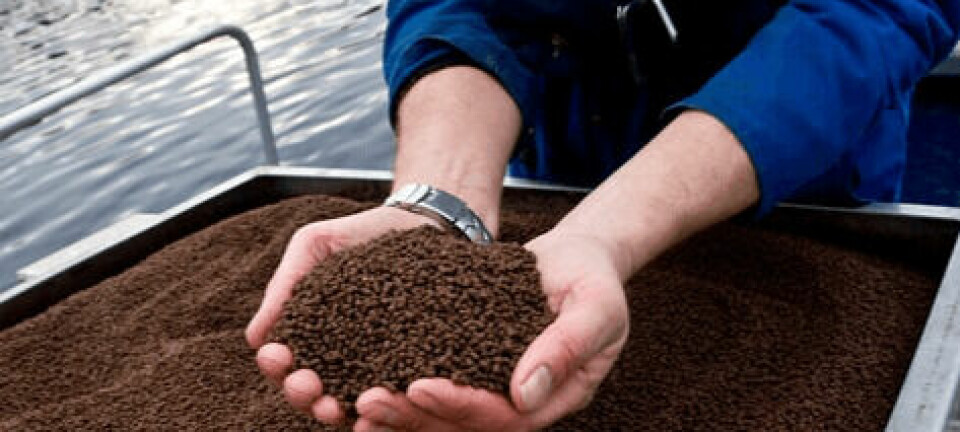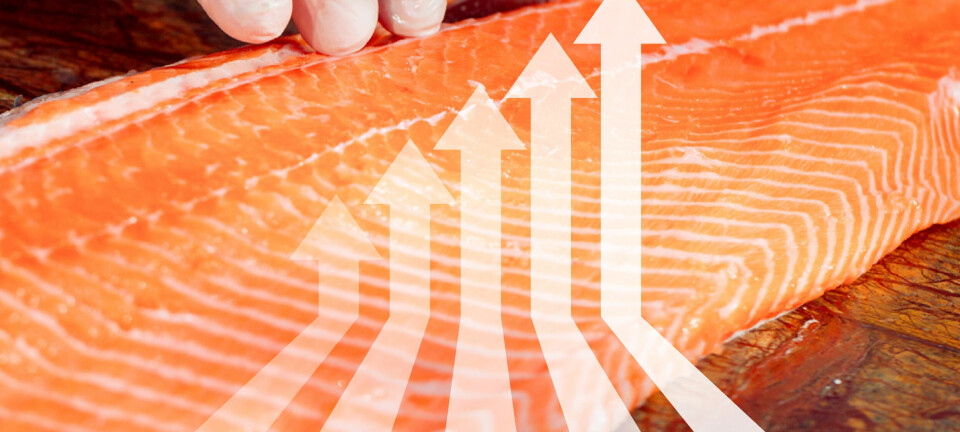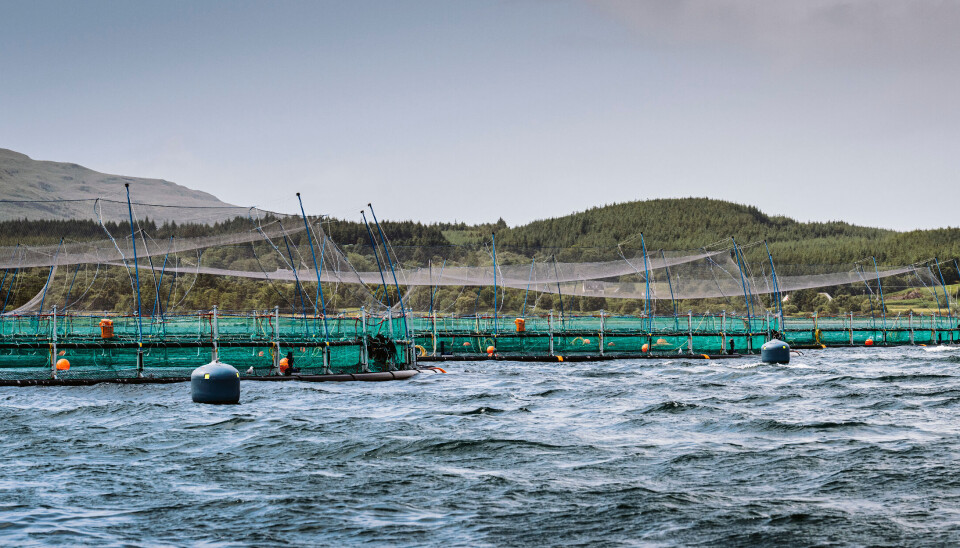
Seals give up night raids after new nets block access to salmon farm
Predators that killed 'thousands of fish per crop' appear to have changed behaviour at Scottish Sea Farms' site
A new anti-predator netting system at Scottish Sea Farms’ Scallastle site in the Sound of Mull appears to have made a difference to seal behaviour around the pens just weeks after it was installed.
Farm manager Michael Keenan told the salmon farmer’s staff magazine, The Source, that the area has had historic problems with seal predation, losing thousands of fish every crop.
But a new combination of netting barriers seems to have acted as a deterrent and the seals have moved away. The pens have a wall of strong netting that extends a metre and a half above the handrails, overlapped by lighter bird netting which is supported by high poles on the cage edge. The poles lift the lighter-weight bird netting higher at the edge of the pen than it would be if it was supported by a traditional “hamster wheel” in the centre of the pen.
Going over the top
“We had instances before where the seals would be probing the main net under the water, then wait until we’d left, get on to the walkway and go over the top and bite their way through the bird net,” Keenan told The Source.
“Now we think they have tried that and realised they can’t get in so have disappeared. We haven’t got any proof but what we are seeing suggests there has been a bit of a change in behaviour in the area.”
Scallastle is not fitted with double nets, but the pens have been set up with a flat base instead of a cone, with maximum space between the bottom of the net and the seabed, so that if additional anti-predation measures are needed in the future there is enough depth for an outer net.
